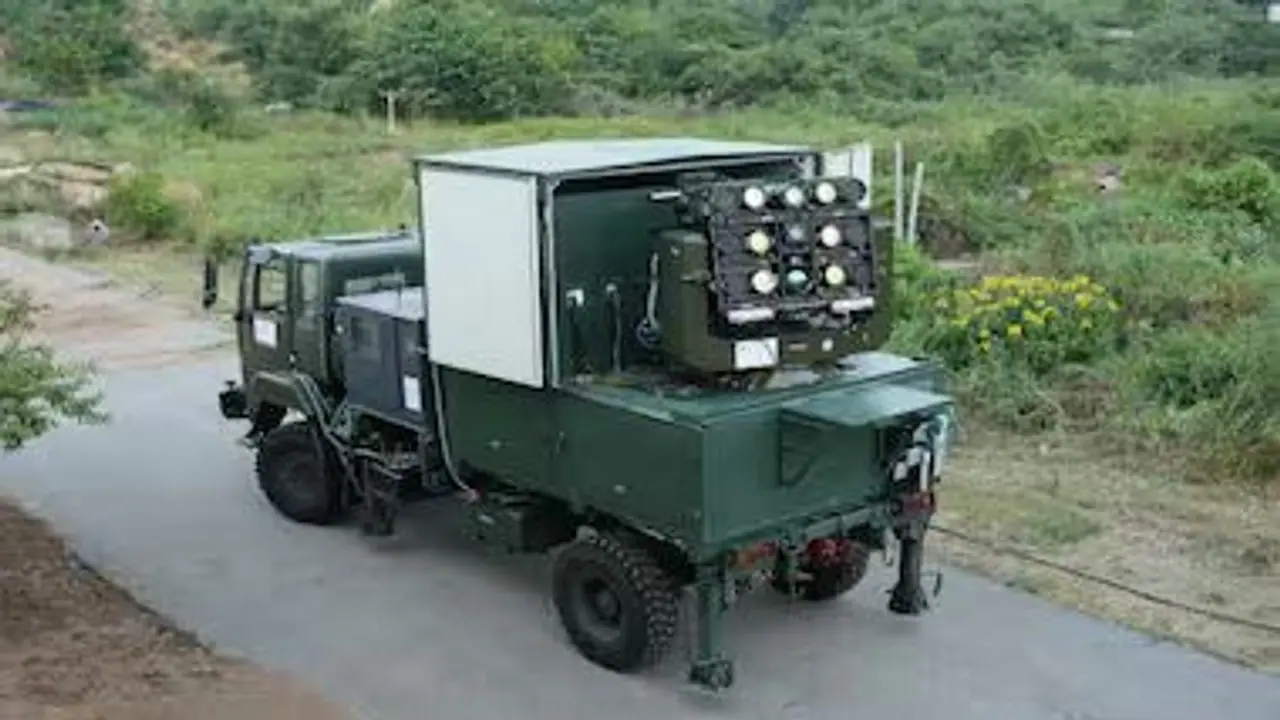India successfully tested its indigenously developed Mk-II(A) Laser-Directed Energy Weapon, marking a major leap in defence tech. The system neutralised drones with precision, placing India among global leaders in advanced counter-drone capabilities.
New Delhi: Days ago, India’s Defence Research and Development Organisation (DRDO) announced a successful test of its indigenously developed Mk-II(A) Laser-Directed Energy Weapon (DEW) system, marking a significant technological leap in its military capabilities and placing the country among a select group of nations with such advanced weaponry.

The test, conducted at the National Open Air Range in Kurnool, Andhra Pradesh, demonstrated the laser weapon’s capability to neutralise drones, missiles, and other aerial threats with exceptional precision.
According to DRDO, the Mk-II(A) system efficiently engaged multiple fixed-wing drones at long range, thwarted a simulated drone swarm attack, and successfully destroyed surveillance sensors and antennae.
With the increasing global threat of unmanned aerial systems and drone swarms posing asymmetric security challenges, militaries worldwide are rapidly adopting directed-energy systems due to their precision, speed, and cost-effectiveness.
According to the DRDO, the lightning speed of engagement, precision, and lethality delivered within seconds makes this the most potent counter-drone solution.
The weapon, developed by DRDO’s Hyderabad-based Centre for High Energy Systems and Sciences (CHESS), harnesses radar and electro-optic detection systems to swiftly track targets.
Once locked, it fires a focused, high-intensity laser beam to structurally disable or neutralise enemy systems in moments.
DRDO highlighted its remarkably low operational costs, noting that firing the laser for a few seconds costs merely the equivalent of a couple of litres of petrol.
This strategic advancement forms part of India’s broader push towards indigenisation and reducing reliance on imported defence technologies.
Experts believe DEWs will increasingly replace conventional kinetic systems due to lower ammunition costs and significantly reduced risk of collateral damage.
With this successful demonstration, India joins an elite club comprising the United States, China, and Russia, highlighting New Delhi’s growing capabilities in developing sophisticated, home-grown defence solutions amid evolving geopolitical challenges.


